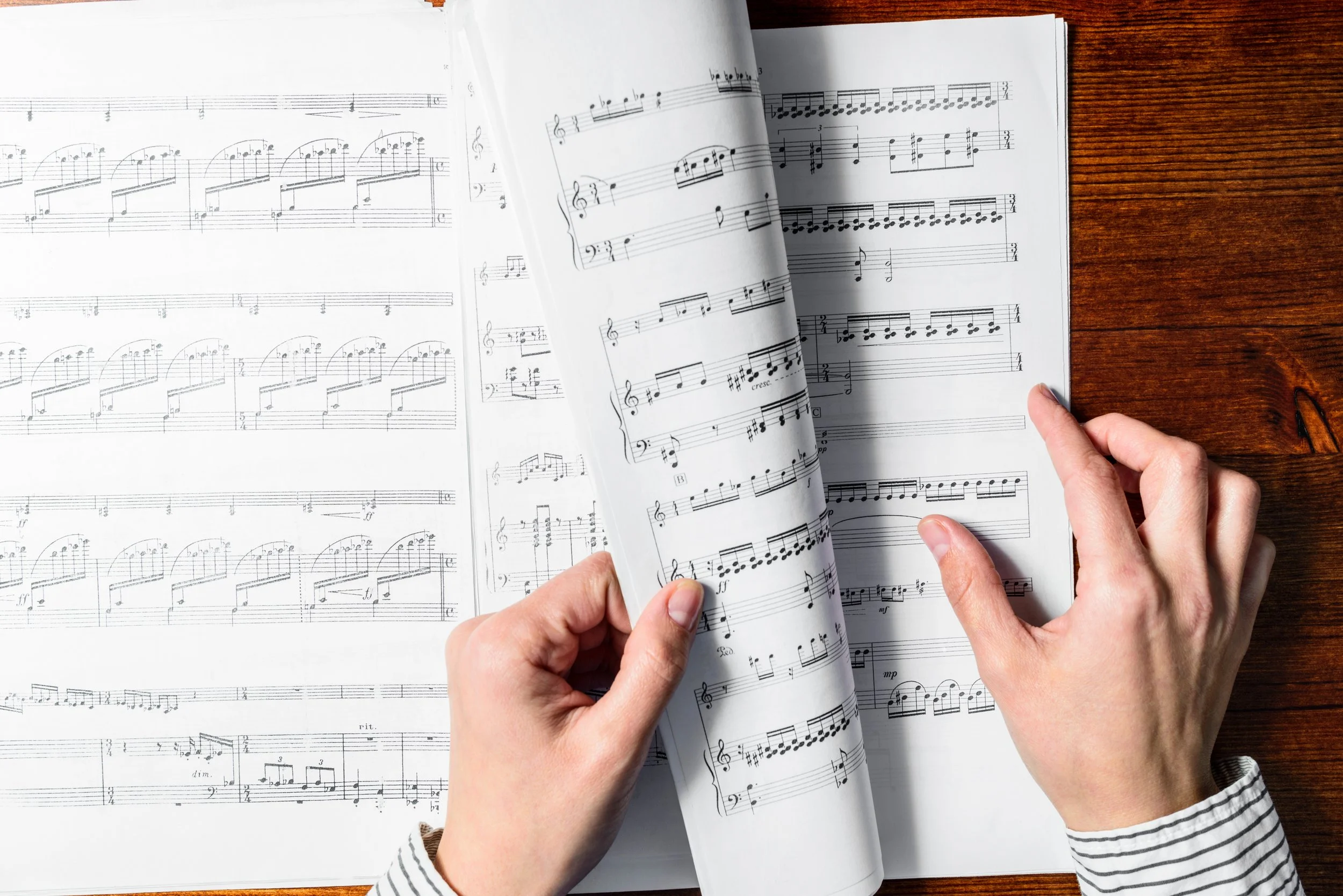A Beginner's Guide to Reading Sheet Music
For many aspiring musicians, one of the most daunting tasks is learning how to read sheet music. However, with a little patience and practice, it is a skill that can be easily mastered. In this beginner's guide to reading sheet music, we will explore the basics of musical notation and provide tips to help you get started on your musical journey.
Musical Notation: The Basics Musical notation is a system of symbols used to represent different aspects of music, including pitch, duration, and dynamics. It is a universal language that allows musicians to communicate their ideas to one another, regardless of their individual backgrounds.
The Staff: The Foundation of Musical Notation The most basic element of musical notation is the staff. A staff is made up of five horizontal lines, with the spaces between them representing individual notes. Each line and space on the staff corresponds to a specific pitch, with the bottom line representing the lowest pitch and the top line representing the highest.
Clefs: Determining Pitch The placement of notes on the staff is determined by a clef, which is a symbol that indicates the range of notes that are represented on the staff. There are three main types of clefs: treble, bass, and alto (or tenor). Treble clef is used for higher-pitched instruments such as the violin and flute, while bass clef is used for lower-pitched instruments such as the bass guitar and tuba. Alto (or tenor) clef is used for intermediate-pitched instruments such as the viola.
Notes: Representing Pitch The symbols used to represent individual notes on the staff can be a bit intimidating at first, but they are actually quite simple once you understand their basic structure. Notes are made up of two parts: the notehead, which represents the pitch of the note, and the stem, which indicates the duration of the note.
Rests: Indicating Silence In addition to notes, sheet music also includes symbols called rests, which indicate periods of silence in a piece of music. Rests are also divided into different durations, with whole rests indicating a full measure of silence and half rests indicating a half measure of silence.
Time Signatures: Keeping Time Another important aspect of sheet music is the time signature, which is a symbol that indicates the meter (or time signature) of a piece of music. This is represented by two numbers: the top number indicates the number of beats per measure, while the bottom number indicates the duration of each beat.
Putting It All Together Now that we have covered the basics of musical notation, it's time to put it all together. Reading sheet music is essentially a matter of identifying the notes on the staff and playing them in the correct order and rhythm. As you begin to practice, start by focusing on simple melodies with easy-to-read rhythms, and gradually work your way up to more complex pieces.
Conclusion Learning how to read sheet music is an essential skill for any aspiring musician. By understanding the basics of musical notation and practicing regularly, you can develop the confidence and skill needed to play your favorite songs and compose your own music. With a little patience and dedication, anyone can learn to read sheet music and unlock the full potential of their musical abilities.

